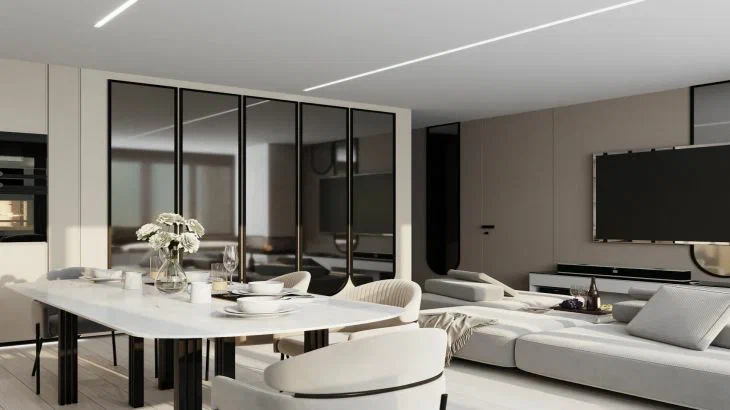This paint is banned in Europe! What to replace it with to keep up with trends
While Rospotrebnadzor is arguing about the safety of lead pigments, designers are switching to eco-paints.
Farrow & Ball has introduced the BioColour range, which is based on algae – they purify the air and change colour in different lighting conditions.
“I painted the wall in the bedroom - in the morning the color is like peach, in the evening like terracotta,” admires user @eco_designer on Instagram.
But the main hit is magnetic paint. Stick posters, photos or even knives on it and change the decor in seconds.
Architect Stephen Cho warns in Elle Decor: "Avoid using gloss in small rooms—it creates a fishbowl effect."

An alternative for the daring is metallic paint. Designer Kelly Wearstler used it in a Miami hotel project: “The walls shimmer like butterfly wings, but cost as much as regular paint.”
Reader Artem from Yekaterinburg shared: “I painted the kitchen backsplash – my wife thought I hired a decorator.”
Don't forget about safety. Greenpeace experts advise checking VOC (volatile organic compound) certificates.
Paints marked "Zero VOC" are odorless and suitable for children. "After the renovation, my son stopped coughing at night," thanks the mother of two, Yulia, in a review on the forum.
Modern technologies allow experimentation. For example, thermochromic paint that changes color depending on temperature.
Designer Philippe Starck used it in the bathroom: “Hot water ‘paints’ abstractions on the walls.”
